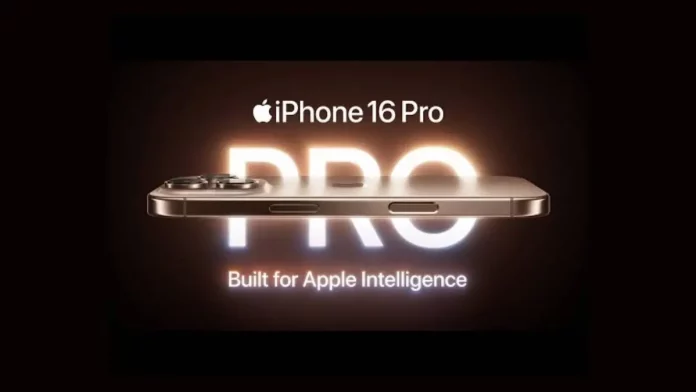Bloomberg’s Mark Gurman recently criticized Apple for misleading promotional tactics in the marketing of the iPhone 16. While Apple has traditionally emphasized innovation and groundbreaking features in its campaigns, the iPhone 16 promotional efforts seem to exaggerate certain improvements, leaving consumers with a less-than-accurate picture of what the device actually delivers.
The iPhone 16’s marketing heavily highlights its camera system and performance upgrades. However, according to Gurman, the advancements in these areas are not as significant as Apple suggests. For example, while the new camera does offer marginal improvements, it may not revolutionize smartphone photography as the ads claim. This gap between promise and reality could lead to disappointment for consumers expecting a much more advanced experience.
In terms of performance, Apple has touted the iPhone 16’s A18 Bionic chip as a major leap forward. However, independent testing and expert reviews have suggested that the improvements are incremental, rather than the game-changing speed boosts Apple portrays in its advertisements. The device does perform faster in certain tasks, but it’s not a dramatic overhaul compared to its predecessor.
Additionally, some of the advertised features, such as enhanced AI capabilities and improved battery life, appear to fall short in real-world use. Gurman pointed out that while the new AI-driven functionalities are intriguing, they don’t deliver as seamlessly as Apple’s promotional materials suggest. Similarly, while the battery life is technically longer, many users may not notice a significant difference in daily use, depending on their habits.
Apple’s aggressive marketing has always aimed to create excitement, but the iPhone 16 campaign’s exaggerations could hurt its credibility with consumers. Gurman’s analysis warns potential buyers to approach the iPhone 16 with tempered expectations, advising them to look beyond the glossy ads and dig into the device’s actual performance before making a decision.

